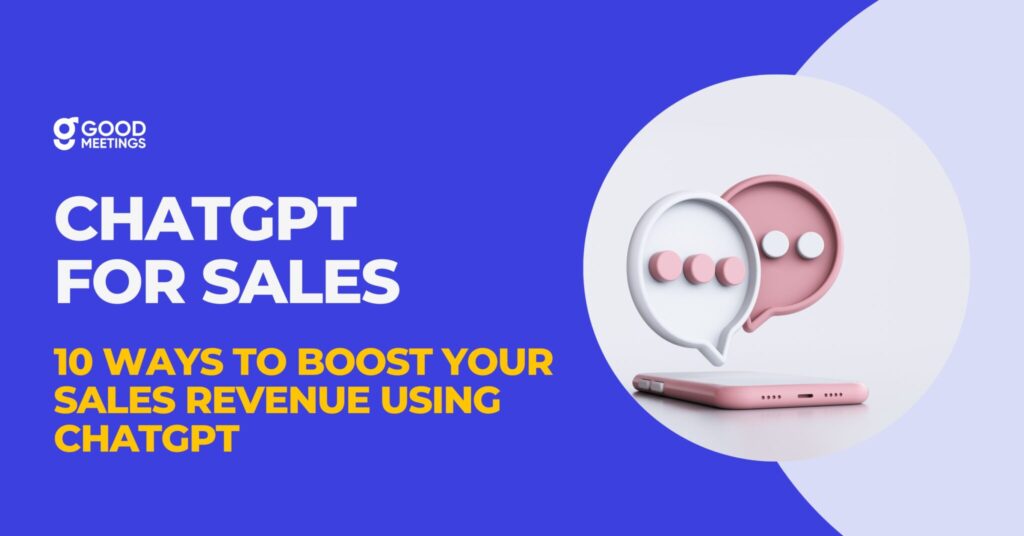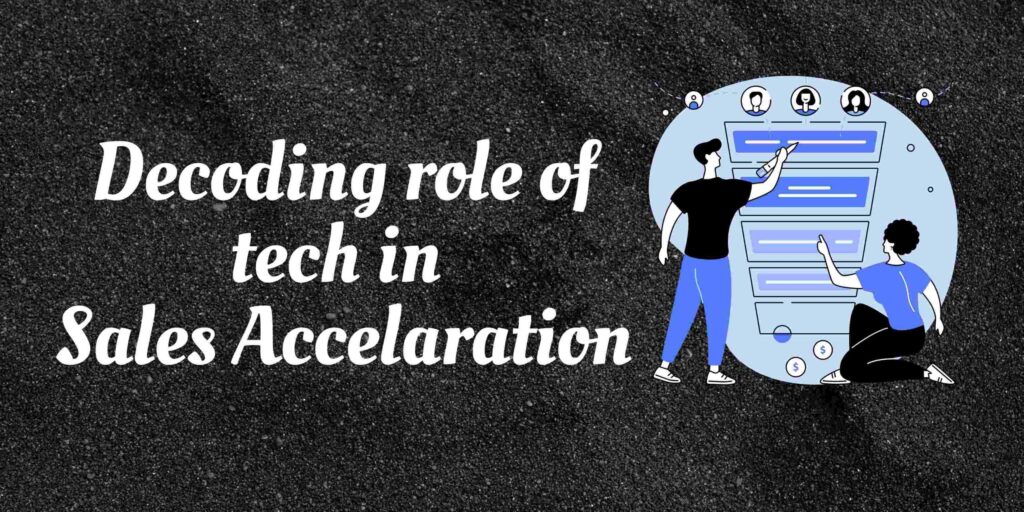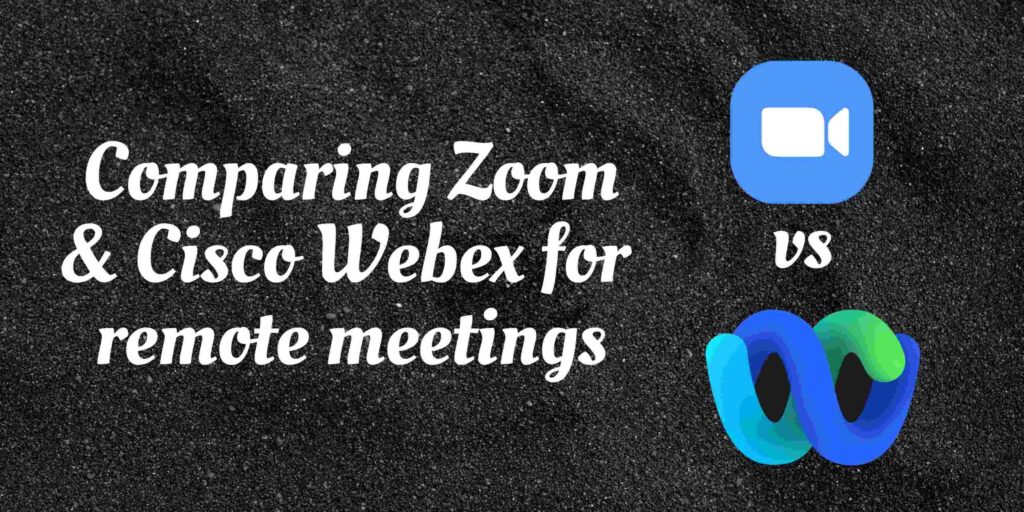
A sales objection is a reason or concern that the buyer has that restricts them from buying from you. Often sales objections are defined as barriers in the selling process.
However, the right approach can help the sales representatives convert them from barriers to opportunities. The way you handle sales objections can be used to show how much you care about doing business with the customer.
Additionally, they provide you with opportunities to explain better your core value proposition that you may have missed out earlier and to keep the deal moving forward.
Read: The Ultimate guide to sales playbook.
If there are no sales objections in a sales call with a client, it is safe to say that the deal may not progress further. The absence of sales objections shows disinterest on the part of the client.
On the other hand, a reasonable number of sales objections shows that the client wants to know more or is trying to understand if the offering can be made more suited to their requirements.
On the other extreme, too many sales objections can indicate a lack of product fitment with the prospect’s needs. It is advised to walk away gracefully from such prospects while leaving the doors open for a future conversation.
Facing sales objections isn’t easy. Often, sales representatives may feel disheartened or lose enthusiasm in pursuing a particularly difficult prospect.
However, with the right mindset and correct framework, sales objections can become interesting challenges that provide an adrenaline rush akin to that of manoeuvring around an obstacle in a simulated game.
For the sales representatives who are excited about resolving challenges, we present the 5A framework for efficiently handling sales objections.
Objection Handling Framework: The 5A Formula
- Attend
Listen actively to the concern of the customer. Do not interrupt even if you know the answer to the customer’s concern. Let the customer speak first and finish what they have to say. Pause for a few seconds before answering. The customer should get the sense that you are thinking of a solution specific to their problem instead of simply answering from a template. This approach makes the customer feel valued and gives you ample time to think about how you should respond.
- Acknowledge
Once the customer has finished speaking, repeat what you understood. This approach has four advantages. Firstly, it lets you internalize what you heard. Secondly, you get more time to think about your response. Thirdly, it makes the customer feel valued and heard. Lastly, after listening to you, the customer will add to what they said if they missed out on something in the first instance. This way, you will have more inputs to respond.
- Ask
At this point, you will want to jump into addressing the concerns but wait. Ask clarifying questions before you provide a solution to their concern. Ask questions until the customer has no more clarifications to offer, and you are clear about what the reason for their actual concern is. Most of the time, this process leads to finding a reason that you can easily address. Asking questions also makes the customer feel that you are interested in providing solutions for their problem and care about their business.
- Address
Finally, after attending, acknowledging and asking, it is time to address the concern. You can offer your recommendations for resolving their concerns. However, let the customer overcome their objection on their own. Your recommendations should serve as an input to their final conclusion on whether or not they should buy from you. If you follow all the steps mentioned above, you will successfully overcome most of the objections.
- Assess
Now that the customer has had time to assimilate your recommendations, evaluate and confirm if they have understood your recommendations correctly. Leave them with a clear call to action (CTA) to connect with you after they have made their decision. Additionally, assure them that even if they decide to not accept your offer, it will not impact your future offerings and your company’s relationship with them.
Applying the Framework for Common Sales Objections
Sales Objection Example 1: This is too expensive.
Sample Objection Handling:
- Attend:
Listen actively to figure out whether the client means if your offer is too expensive for their budget or the price of your solution is too high in comparison to the features that you provide. Listen for phrases like: Are there more features? Does your solution provide an X feature? Can you do the same thing at a lower cost? Actively listening to what the client says can help you in framing a response that is better suited to their needs.
- Acknowledge:
Now is your turn to speak. Open with, ‘I understand that you find our solution expensive. I am sure that, just like you, if I were to buy such a solution, I would want to ensure that the amount I spend on it is justified and provides me with the returns that I need.’ This creates a sense of empathy and the client feels that you understand them well.
- Ask:
If you receive the objection over an email, figure out who has raised the objection – the influencer, the decision maker or the budget approving authority. Get all the stakeholders in a meeting and ask clarifying questions.
Additionally share customer testimonials or collaterals as a proof of RoI. Now you may ask questions like – would an additional particular feature provide them more value? Would they be willing to pay for a certain additional feature? How are they solving their need without your offering and what kind of investment (time, money, and quality of existing solution) are they putting into it?
Get a sense of the revenue that they generate using the existing approach without your solution. Additionally, also try to understand the costs associated with their existing approach (e.g. man hours). Finally, do ask if the customers are using or evaluating a competitor product, its features, add-on services, returns and costs.
- Address:
Now that you have gathered all the inputs and have clarity, you may provide your recommendations. You could explain to them how your product generates value (qualitative and quantitative) and show numbers for the value generated to the customer. Explain to the customer why your product will offer X times returns as compared to their existing approach or why it can reduce the costs by a factor of Y.
Ensure that you let them know the breakeven period if they choose your solution. You could offer them additional value-added features, discounts or installment-based options. Since you will have a better understanding of what the customer needs by following the first 3 steps of the framework, it will be easier for you to provide tailored recommendations.
For example, if you are selling a sales software solution, you could address this objection by stating that your software will create 5 times more leads and/ or at a cost 1.5 less that their existing approach. Furthermore, the costs associated with buying the software will be recovered in less than a year . If the customer still does not feel convinced, you could offer relevant discounts, instalment-based options or value-added features.
If the customers are using a competitor B2B Saas product, you could handle the objection by saying, ‘Yes. Competitor X has a 30 USD price point that is quite competitive in the market. However, it is mostly relevant for SMEs. That plan excludes any custom development or integrations that are necessary for enterprise customers.’
Also read: The evolution of customers in a remote world.
- Assess:
After you have provided your recommendation, confirm if the customer understood it correctly. Nudge them towards your recommendation but ensure that the customer feels that the decision is his. You may end the conversation by stating, ‘Thank you so much for your time. I am certain that this plan will work very well for you. We can set up a free trial for 14 days for your team to experience the product. I am convinced that you will make the best decision for your company’s needs.’
Sales Objection Example 2: I am not sure if this is the product that we are looking for.
Sample Objection Handling:
- Attend:
Listen attentively to understand why the client feels that the product is not suitable for them. Try to understand whether the client has understood the features of your product well. Pay special attention to the features that the client needs and listen without interrupting when the client explains why your product does not benefit them.
- Acknowledge:
Re-iterate the list of features that the client has stated. Having handy notes from the previous conversation will be useful for doing this.
You can also use Goodmeetings note taking tool during a live call.
- Ask:
Ask the client why a particular feature matters to them. What benefit does it provide? Would they be comfortable with advanced features? Which feature matters the most to them? Would they be open to an alternative solution that addresses the root cause problem in a more effective manner?
- Address:
Now that you have all the data, you may have two scenarios. If your product really does not have the features that the client needs, you should be honest about it and convey it upfront to the customer.
Alternatively, if you have another product that solves the client’s problems in a similar way as that of the feature requested, you may pitch it to them. If your product has a certain feature that they value the most but it does not have the bells and whistles associated with it, you may offer your product at a reduced price.
Finally, if your product has all the features that the client needs, you may take this opportunity to explain the benefits that the features of your products offer and why it is the best-suited solution for the client.
For example, if you are selling a software product for tracking and monitoring your expenses, you may address the objection that the software is not suitable by pitching the product in tune with the needs of the customer. If the customer wants to see a dashboard of their monthly spends, take them through the process of entering data and viewing their monthly spend analytics via a demo instead of simply showing the features on a presentation. Explain the features and benefits of your product in a demo for better understanding.
- Assess:
You may end the conversation by saying, ‘I hope you have understood all the features of our product. We are sure that these features will benefit you immensely. Would you be open to a further discussion on the next steps on Monday?
Sales Objection Example 3: Call me back next quarter
- Attend
Basis the conversation and client’s expressions try to find out if they find your offering interesting. Doing this will help you understand if the client is interested but does not have the urgency to adopt your product. If they are not interested, then this objection is nothing but rejecting you by procrastinating.
- Acknowledge
You could acknowledge by saying that, ‘I know that you have a lot on your plate right now and would want to postpone this.
- Ask
Why do they think this product will be useful to them next quarter and not now? How do they solve the problem that your product solves?
- Address
If the callback request for the next quarter is about the budget, offer them installment-based options. Alternatively, you could offer them discounts. If the callback request is because they believe the need will arise in the next quarter, explain to them that adopting the product now can give them an edge over the competitors in the long run. If they are not interested, ask them what you can add to the product to provide the value that they need.
- Assess
Reiterate your recommendations and ask them for a follow-up meeting for sealing the deal.
Read: An easy to use framework for cold calling.
Incorporating Objection Handling in Sales Process
Objection handling is a skill that needs to be practised and honed over time.
Most new SDRs (sales development representatives) and AEs (account executives) are put through rigorous sales training encapsulating different objection handling scenarios with prospective customers. Sales trainers often showcase videos of successful and unsuccessful sales calls to demonstrate what has worked and not worked in earning the trust of buyers.
Further insights into these calls can help get closer to identifying the nuts & bolts of an ideal sales pitch (something that has eluded most sales leaders till date).
Let’s take the example of a leading B2B SaaS firm selling payment solutions to enterprises that has effectively used Video Meetings Library and Sales Analytics in the Goodmeetings platform to reduce ramp up time for training newly hired reps by nearly 150%.
Playback of highly rated calls by customers helps this team to identify the rebuttals that work. Analysis of the transcripts helps prepare scripts and battle cards for frequently asked questions for future calls. Furthermore, an objective measurement of the ability to pause and listen to a customer’s objection before addressing it also helps in laying out expected sales rep behaviour to handle difficult clients.
Beyond post facto analysis, these insights on objection handling are fed into an AI model that can actively help a sales rep during a call as and when the objections arise.
Assuming that training these models needs ample data and can take time to give accurate results, sales reps always have the option to ask their sales coaches to join as a coach in calls. When you have the back of your coach on a call (without the client being able to see or hear him), the confidence to handle anything thrown in your way increases tremendously.
Ultimately, we need to recognize the reality that the buyer today is much more well informed and decisive. Even before giving the opportunity to your sales rep to pitch your product, the buyer has most likely researched and evaluated other products in the market.
In this scenario, the speed to analyze past customer interactions and to actively use these insights for fine-tuning your objection handling process will differentiate the winners from the losers.
Which side are you on?





